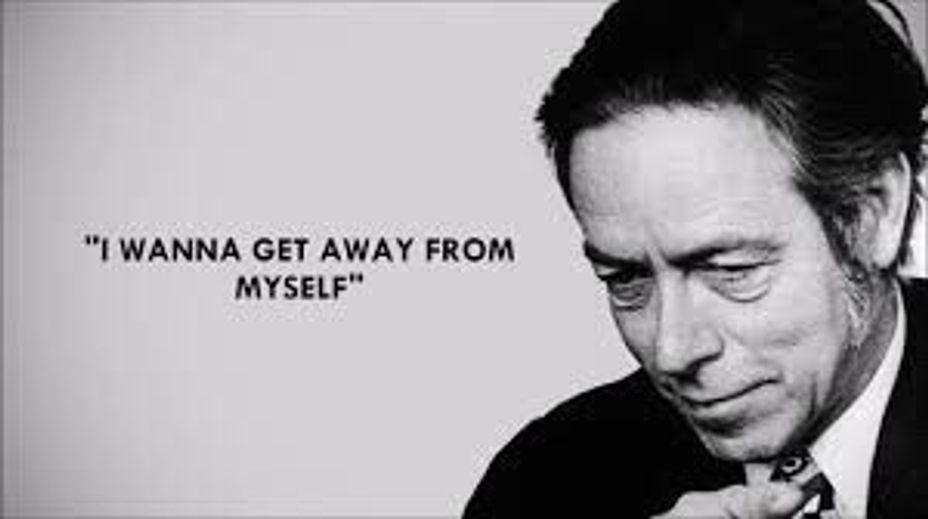Slight vent////
////
So, as people who have read past posts of mine know, I have social anxiety. Pretty bad social anxiety at that. I was diagnosed at the age of 4. I've talked about my fear of big crowds and of people with my parents before. While my youngest brother was listening.
Normally, I wouldn't have thought much about it. But an incident at Mcdonalds one day made me regret talking about it when he was around.
We were at Mcdonalds, and this one happened to have a play place. My other brother, the middle child, wanted to play there and at first, my youngest brother did as well. But the second my youngest brother saw how many people were in there, he freaked.
The thing is this has never happened before. My youngest brother is always the first to want to go into the place. Sure, you might think he might have social anxiety as well, but he hasn't done anything like that ever since. He started complaining that 'oh there are too many people in there' though that has never bothered him before, and 'oh I want to go home'.
Kid even started crying. My other brother was so mad when my male guardian, the only one with us as my mom was at work, said he couldn't go in and took us home.
And who got in trouble for my youngest brothers little fit? Me. I did. When we got home my male guardian looked at me and asked me why I had spoken about my fears. Like excuse me? Because you're my father and you should know how I feel? He told me not to talk about it in front of my little brother again because apparently it was my fault that he acted that way because I hadn't known my brother was listening to our conversations.
Thats not the only time something like that has happened. I've also told my parents about my gender dysphoria and how I felt more like a guy, youngest brother was listening, claimed to be a trans girl once (I know he's not now as he keeps talking about how he's a boy and doesn't want to be a girl) and again, guess who got in trouble for simply talking about it. Me. The look my male guardian gave me made me feel bad I told him about my feelings.
I told a past therapist about it but all she did was say 'okay' and seemingly shrugged it off. Thats why I wanted to talk about it here. My male guardian is good about helping with my physical health but is pretty emotionally neglective towards me. But I just needed to get this off my chest as its been really bothering me.
#SocialAnxiety #Depression #Anxiety #SocialAnxietyDisorder #SocialPhobia #neglect #MentalHealth #emotinalneglect #MightyTogether


